![]()
![]()
![]()
Use LEFT and RIGHT arrow keys to navigate between flashcards;
Use UP and DOWN arrow keys to flip the card;
H to show hint;
A reads text to speech;
63 Cards in this Set
- Front
- Back
|
Research design |
Independent groups Allocated into group with no accosiation with others
Experiemrtal plus control IV present in ex and not in control to gain a base line
Matched Each group consisted of participants similar (pairs) |
|
|
Reliability |
Extent of results being consistent, dependable and stable |
|
|
Validity |
Measure what is intended Internal Due to variables External Generalisable |
|
|
Extraneous |
Prediction of manipulation on iv changing dv
Participant differences Non standardised procedure Order effect Experimenter effect Placebo effect Environment |
|
|
Confounding |
Has manipulated dv |
|
|
Sampling |
Representive Matches population %s Random All have equal chance Straifed Population is devided into sub groups, then randomly chosen Convenience Those readily available |
|
|
Types of data |
Quantitive Numerical Qualitive Words, description |
|
|
Single blind procedure |
Participants aren't aware |
|
|
Double blind procedure |
Both participant and researcher arent aware |
|
|
Research methods |
Case studies Cross sectional Observational Self report |
|
|
Ethics |
Confidentially Consent Withdrawal Debriefing Respect Intergrity Justice Benefiance Voluntary Deception |
|
|
Central Nervous System |
Brain Responsible for everything Spinal cord Connects brains and pns, spinal reflex |
|
|
Peripheral nervous system |
Somatic From sensory receptors to cns, muscles Autonomic Connects cns to organs and glands Connected Sympathetic Prepared for action Parasympathetic Calms after action |
|
|
Neurotransmitters |
Chemical substance produced by a neuron and carries messages to muscles, organs or tissue |
|
|
Excitory effect, glutamate |
Enhances/stimulates firing between postsynaptic neurons |
|
|
Inhibitory effect, gaba |
Prevents postsynaptic neurons firing |
|
|
Brain imaging |
CT Basic black MRI Coloured but basic MRI 3D Pet Detailed, coloured, 2D |
|
|
Responses |
Conscious Voluntary aware Unconscious Involuntary unaware |
|
|
Spinal reflex |
Involuntary Pain recived by sensory (afferent) neuron (sensory towards) Travels to spinal cord Sent to motor (effernt) neuron (motor away) Pain sensed by brain, pain |
|
|
Neuron |
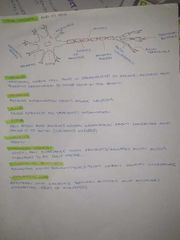
|
|
|
Lock n key process |
When released by presynaptic neuron it must find the correctly shaped receptor on dendrites on postsynaptic neuron |
|
|
Parkinson's disease |
Central nervous system neurondegenarative disorder. Loss of neurons in the substantia nigga that produces dopamine. Motor symptoms Tremors Muscle ridity Slowness of movement Poor balance Nonm motor symptoms Loos of smell Sweating Fatigue Confusion Panic attacks |
|
|
Stress |
Psychological and pyhsological arousal produced by internal and external stressors Eustress Positive, entusiasim or motivation Distress Negative, anger or anxiety, damaging to health |
|
|
Stressor |
Internal Personal, pain External Others, work load Physical Nosie, temp Psychological Anxiety |
|
|
Types of stressors |
Daliy pressures Everyday little problems Life events adapt Acculturative stress From moving country Major Changes that force us to adaptAcculturative stressFrom moving country Major Events distressing to almost everyone Catastrophic Life threatening and uncontrollable adaptAcculturative stressFrom moving country Major Events distressing to almost everyone Catastrophic Life threatening and uncontrollable adaptAcculturative stressFrom moving country Major Events distressing to almost everyone Catastrophic Life threatening and uncontrollable Events distressing to almost everyone Catastrophic Life threatening and uncontrollable |
|
|
Stress response |
Mild Can be motivating Acute High level of arousal Chronic High levels of arousal for extended period |
|
|
Fight, flight, freeze. Biological response |
Involuntary, physical response to a sudden threat. Sympathetic nervous system Fight Confronts and fights threat Flight Flees threat Freeze Avoid detection, stand still |
|
|
Sympathetic adreno-medulla system (SAM) Biological |
Hypothalamus Gets threat signal, activates sns Sns Increase heart rate, blood pressure, breathing, glucose, pupils. Suppresses unnecessary bodily functions Adrenal medulla Secrets catecholamines into blood Adrenaline and noradrenaline Stress hormones into blood Increased energy and arousal Fight, flight, freeze Pns Calms body |
|
|
Hypothalmic pituitary adrenal (HPA) Axis |
Hypothalamus Stimulates pituraty gland Pituraty gland Releases ACTH in blood, stimulates Adrenal cortex Secrets cortisol Cortisol Energizes body, increasing blood sugar and metabolism |
|
|
Cortisol |
Cortisol engerises the body when it suffered extended stress and out of resources. High levels over a period can reduce the immune system. |
|
|
Selyes general adaption syndrome (GAS) Psysological response |
SCARE. Shock, counter shock with alarm, resistance and exhaustion. Stage 1, alarm First aware of stressors Shock, ability to deal decreases Counter shock, Sns is activated along with cortisol and adrenaline along with cortisol and adrenaline
Stage 2, resistance Bodies ability to deal with the stressor rises above normal
Stage 3, exhaustion Extreme fatigue and high anxiety, ability to deal decreases |
|
|
Lazarus and folkmans transaction model of stress and coping |
Stress involves an encounter and response depending on their (apprasial) ability to cope Primary appraisal Evalute the significance. Irrevlent, positive, stressful If stressful Secondary appraisal Evalute coping options and resources. Resources inadequate Can't cope Resources adequate Can cope, problem focused or emotional |
|
|
Coping strategies |
Approach Confronting, dealing directly Avoidance Encase stressor, indirectly dealt with Exercise Uses up cortisol Creates endorphins |
|
|
Context specific effectiveness (stress) |
Coping strategy matches stressor |
|
|
Coping flexibility |
Ability to change coping techniques to suit |
|
|
Mentally healthy person |
High levels of functioning Live independently Can face everyday issues High levels of emotional wellbeing Resilient |
|
|
Biopsychosocial factors |
Bio Genetics Gender Medication response Substance use Brain function Nervous system function Hormones Immune system Psychological Thoughts Ways of thinking Beliefs and attitude Personality Perception Emotion Coping skills Social Social support Interpersonal relations Lifestyle Attachment External stressors Stigma Income Education Culture |
|
|
4P Factor Model |
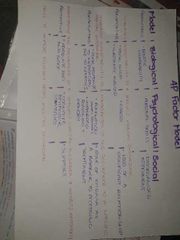
|
|
|
Consciousness |
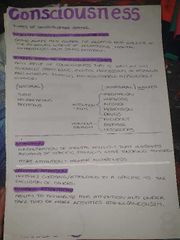
|
|
|
Consciouness |
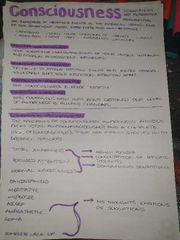
|
|
|
Consciouness |
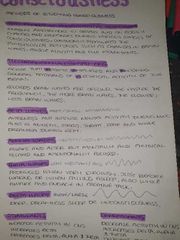
|
|
|
Consciousness |
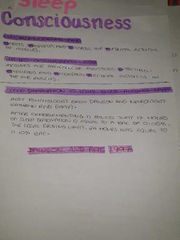
|
|
|
Sleep |
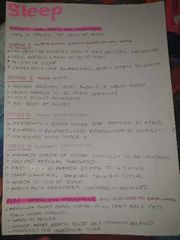
|
|
|
Sleep |
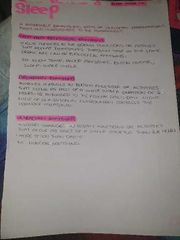
|
|
|
Sleep |
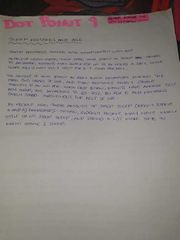
|
|
|
Sleep |
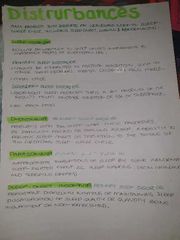
|
|
|
Sleep |
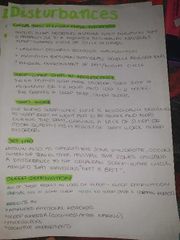
|
|
|
Sleep |
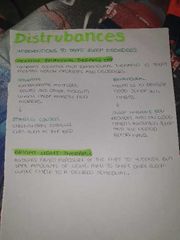
|
|
|
Memory |
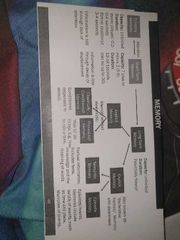
|
|
|
Memory |
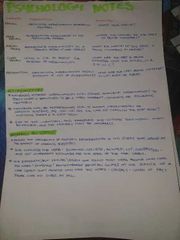
|
|
|
Memory |
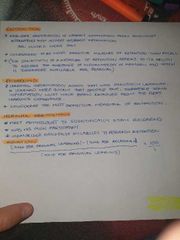
|
|
|
Memory |

|
|
|
Memory |
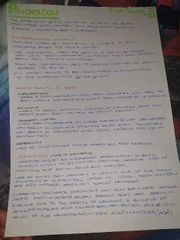
|
|
|
Learning |
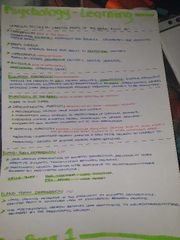
|
|
|
Learning |

|
|
|
Learning |
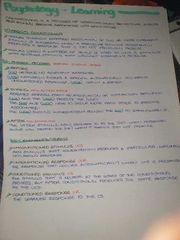
|
|
|
Learning |
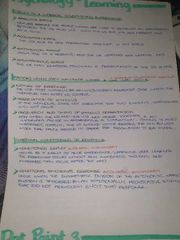
|
|
|
Learning |
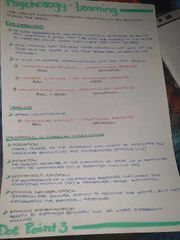
|
|
|
Learning |
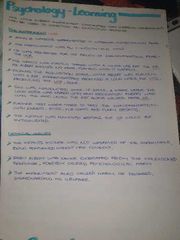
|
|
|
Learning |
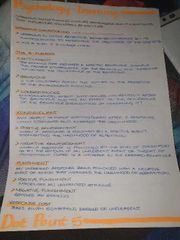
|
|
|
Learning |
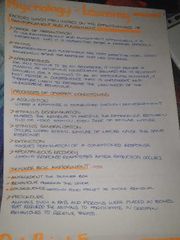
|
|
|
Learning |
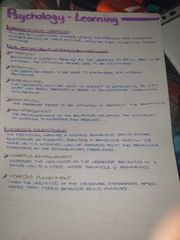
|
|
|
Learning |
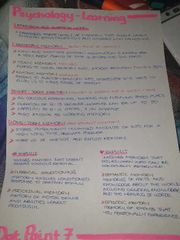
|

